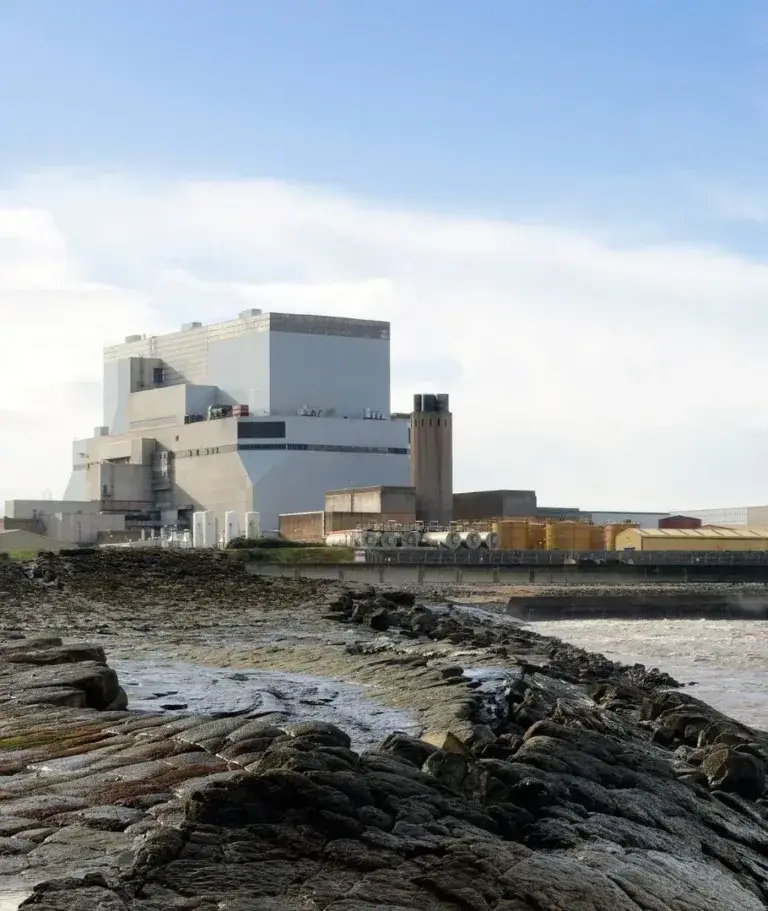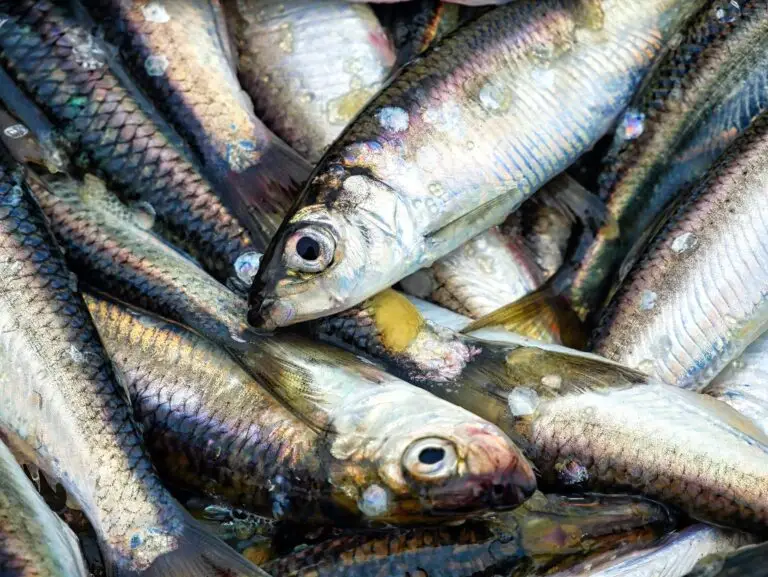Sizewell C is set to be the latest in the UK’s new generation of nuclear power stations. The manufacturing cost has been estimated at £20bn and will take approximately 10 years to build, with a completion date of 2031.
The proposed site in Suffolk will generate enough low-carbon power to fuel six million homes, creating thousands of jobs in the process.
But as with any major infrastructure project, environmental mitigation is essential. Under current plans an Acoustic Fish Deterrent (AFD) is not included in the mitigation measures.
Large quantities of commercially valuable fish are present in the area, and an AFD is key to the protection of fragile species such as sprat from the station’s cooling water intakes. Without the installation of an AFD millions of fish will be killed each year when they are sucked into the power stations cooling system. Including an AFD into the Development Consent Order (DCO) for Sizewell C will help reduce the entrainment of sprat and other fragile fish into the intake.
Deploying the Best Available Technology
Sizewell C represents a significant capacity increase on the two previous stations at this site. It will require huge volumes of seawater for plant cooling, drawn from intakes situated 3km offshore.
However, the Environment Agency has expressed concern over the removal of planned AFD technology in consultations on the project’s cooling water system.
Previous Environment Agency reports have confirmed direct seawater cooling as the Best Available Technology for the new nuclear plant, with AFDs and fish recovery and return technology working in tandem. However, if Sizewell C has to rely on the suggested fish recovery and return system alone, fragile pelagic fish including herring, sprat and anchovy have an estimated survival rate of 0%.
If the consent order ultimately issued for Sizewell C does not include a similar provision, there will be a significant threat to fish stocks along the Suffolk coast for the next 60 years.
Understanding the impact
Sizewell C is a near replica of the Hinkley Point C station already in progress. This not only allows for more efficient construction, but also provides insight as to the approaches necessary to protect marine wildlife.
At Hinkley, an AFD was approved because it provides a warning signal to approaching fish, allowing them to detect and avoid intakes.
Without this measure, fragile species are at risk of damage from the tunnels, water channels and screens that make up the cooling system.
Similar measures at Sizewell C could save millions of fish each year over the 60-year lifespan of the station, as well as ensuring more effective cooling operations.
“These decisions will shape the future of aquatic protections at UK power stations for at least the next 60 years, and almost certainly beyond. We should not let the advances in environmental protection that have been made through careful research and development slip away because the industry prefers to take the easy route.”
Dr Andy Turnpenny, Fisheries Scientist
To view the FGS presentation of AFD requirements to the Sizewell C DCO Public Enquiry, click the image below.

Our Latest Sizewell News
What’s missing at Sizewell C is a critical environmental protection.
The UK government has announced that Sizewell C is to become the latest in the UK’s new generation of nuclear power stations. The manufacturing cost has been estimated at £14.5bn for the first four years, with the full amount unknown. The project will take approximately 10 years to build, with

Nuclear power plant constructors undermine environmental protection measures
In an open NNB Generation Company (HPC) Limited letter that explores changes toMaisemore Weir as an alternative to the already approved Acoustic Fish Deterrent (AFD) at HinkleyPoint C, the company flagrantly disregards and negates the proven science and technology which wouldprevent catastrophic environmental implications such as the death of 182

Overview of the Environment Agency’s Response to EDF’s Plans to Remove AFD from Hinkley Point C
In early June, The Environment Agency provided a response to the Hinkley Point C Development Consent Order Material Change consultation. The Environment Agency mission is to ensure that Hinkley Point C (HPC) operates to high environmental standards and states that it will continue to engage with EDF to achieve this.

The Benefits of Using Acoustic Fish Deterrents at Nuclear Power Plants: Insights from Doel Nuclear Power Station
Acoustic Fish Deterrent systems have been used at coastal power plants for nearly thirty years. Operated by Electrabel,the Doel Nuclear Power Station, situated on the River Scheldt near Antwerp, Belgium, comprises four pressurised water reactors (PWRs) with varying capacities. The Acoustic Fish Deterrent (AFD) system is installed exclusively on the